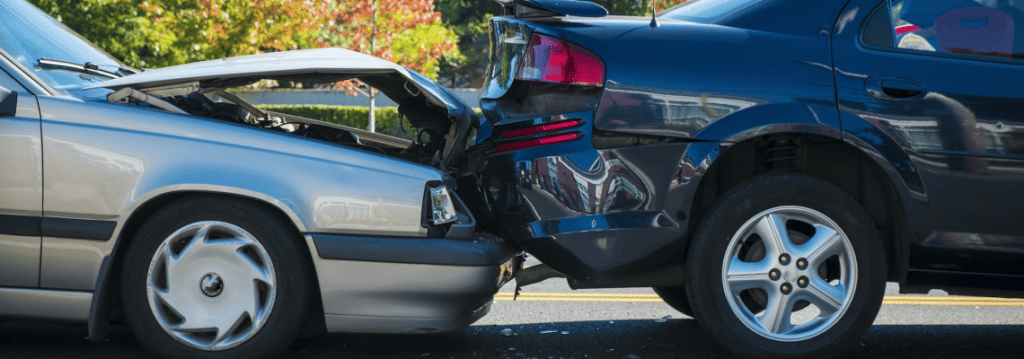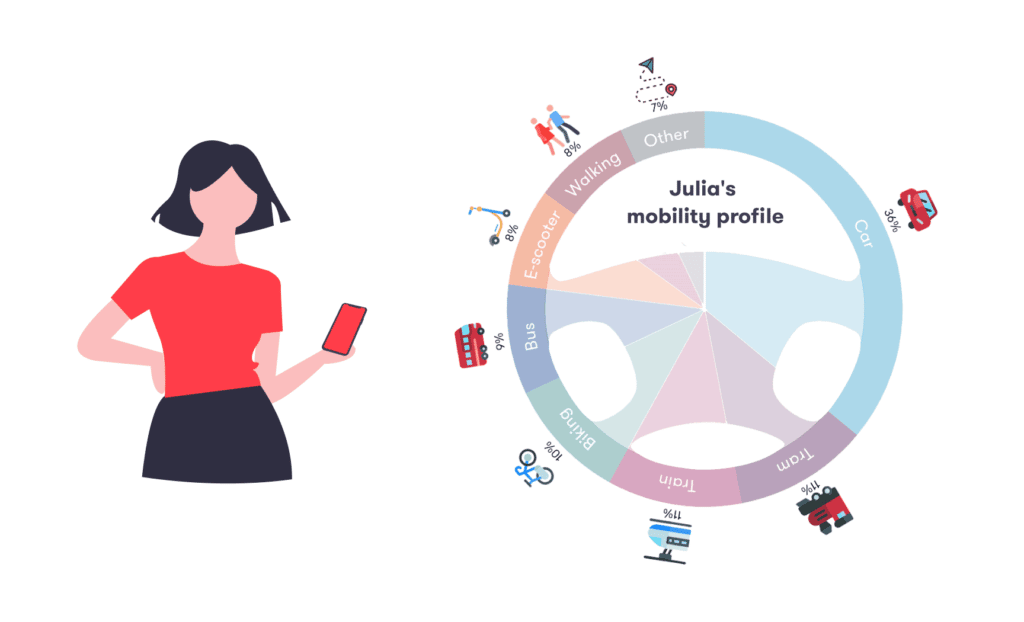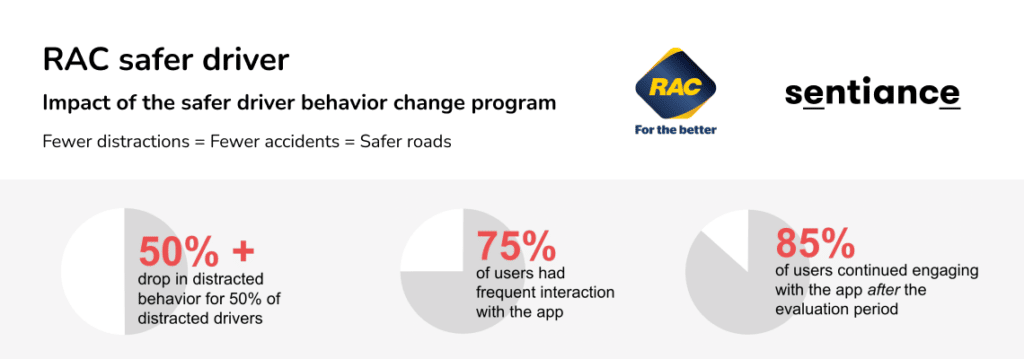There’s no doubt that Usage-Based Insurance (UBI) plays a big part in the future of insurance. But are the UBI policies being used now the same as what we’ll see in the future? UBI is changing the way we buy auto insurance today, but again, is this model fit for the purpose of tomorrow?
We’re talking big numbers, too. The global Usage-Based Insurance market will reach almost $150 Billion by 2027, with 25.1% yearly growth, according to Allied Market Research. Adoption of UBI and telematics by insurance carriers, insurtechs, and auto manufacturers is accelerating market progression, with all of the top 10 US now insurers offering UBI policies.
Continually claimed to be “the next big thing”, UBI is a story of innovation and timing. It’s had its ups and downs over the years, getting attention in the 2000s with fleet systems, before a decline and resurgence in the mid-2010s using black boxes, OBD2, and mobile-only solutions. It’s hard to predict what’s next for UBI, but let’s take an educated guess at what the future of UBI could hold.
1. A customer-centric strategy
Technology has restricted us to looking at the car and tracking distance, speed, and hard events like braking and acceleration. This is a great way to understand how someone is driving, and good for rate setting. But, who is that person? Why were they speeding? Does this one bad journey mean they’re at risk of making a claim?
The breakthrough in smartphone technology in the mid-2010s means the phone itself becomes a useful tool for understanding and getting closer to customers. As well as seeing how our customer drives, we can also see the context of a journey, know the purpose of a trip, and use this information to create a more personalized experience. Typically we talk to insurers on renewal or during a claim, but providing driver feedback and personalized (not invasive!) experiences will bring customers closer.
"When insurance leaders successfully build technology that delivers a human focus, they will be poised to do far more than meet expectations."
Accenture
2. Accelerated claims with on-device crash detection
It’s happened to the best of us ? Sadly most drivers will experience a crash at least once.
Contacting every party, remembering every detail, and filling in countless forms… what often makes an accident more traumatic is the time and stress spent sorting things afterwards! A UBI policy of the future will settle all these points and more. Already today, many carriers offer crash detection as part of their app. As the space grows, we’ll see faster and cheaper claims processing with low human interventions. We can rely on technology to notify the insurer, contact emergency services and contacts, log what happened on the road before and after the accident, and fill in those flippin’ forms.

3. Think beyond driving - Multimodal profiling
Most UBI programs today focus only on a person’s driving (distance or behavior), but why not provide coverage for however people move?
UBI programs of the future have the potential to provide continuous mobility coverage by understanding when customers drive, cycle, or use an e-scooter - a "pay how you move" concept.
While mobile telematics will allow us to continue recording a driver’s behavior, we may find that a poorly scored car trip makes up only a fraction of their overall mobility patterns. Should we penalize a single driving event when our customer cycles for 90% of their journeys? With added features like “green rewards” encouraging less car usage, customers, insurers and the wider environment will benefit.

4. Flexible approach for a connected future
Telematics has been used to support UBI in many shapes and forms over the years, and it likely hasn’t stopped in its evolution. A future UBI product will certainly use smartphone elements, such as an app-based experience, distracted driving detection, and “beyond the car” insights. There’s certainly use for the gigabytes of data modern connected cars collect today.
A futuristic UBI program will collect data from multiple sources, bring in data from smartphone, connected car, and other first-party data. With seamless integration with insurance carriers, auto manufacturers and insurtech platforms can produce more accurate and fairer pricing models.

5. From monitoring to improving driving behavior
You’re a great driver, no? Maybe - we all think we are. But of course, 50% of us are worse than average.
The picture isn’t any rosier when you consider that driver behavior plays a factor in almost 60% of fatal crashes.
It’s great to think of all the positive things technology can do to make us safer, but sometimes it’s this same technology that is also putting lives at risk. Yes… the smartphone. Already high on the list of accident causes, distracted driving costs lives and money. How will a UBI program in the future help to solve this growing challenge? Well, right now telematics can detect speeding and distracted driving, however just displaying a score doesn’t have a long-term impact on safety. Driver scoring is great for generating a price for the exact period in time, but it doesn’t really incentivize people to become safer drivers.
Focusing on the future and rewarding safe driving, we’ve already established how distracted driving can be detected. With a futuristic UBI program, we’ll know our customers much better. So let’s think about how insurers can help train better drivers with personalized coaching programs.
It's a win-win for the insurer and driver. As we found in recent studies with our partners RAC WA, it even benefits those who initially start out with low scores.
Coaching allows insurers to focus their attention on a wider and more inclusive range of customers. Some customers just don’t want to participate in a pay how you drive policy, but very few people don’t want to be safer drivers.
It means UBI won’t be an exclusion model to cherry-pick the best drivers. It will be inclusive no matter where you start. You have the support and rewards from your insurer so when it's renewal time, you’ll be in a better place than where you started.

So there we have it
While the future is hard to predict, there are a number of trends. Let us take a guess at what a UBI program of tomorrow will look like. UBI has the potential to be more inclusive, adaptable and draw upon more data sources to create personalized policies. Innovations in insurtech have already sped up underwriting and claims, it’s interesting to think how far (and fast) things could go.
As we head towards a wider rollout of mobile-based programs and use more connected data, the costs of implementing UBI will come down. There are further savings to come if we can really start to coach better drivers, reduce accidents, and lower claims. When a program is focused on the customer, encourages safer behavior, and watches out for them in an accident, UBI will change from tracking and penalties to something that’s out there for the benefit of the driver.
Any thoughts? Looking back at this in a couple of years we may find every prediction was wrong. Drop us a message or connect with me on LinkedIn. It will be great to hear your take on what’s in store over the next few years.

